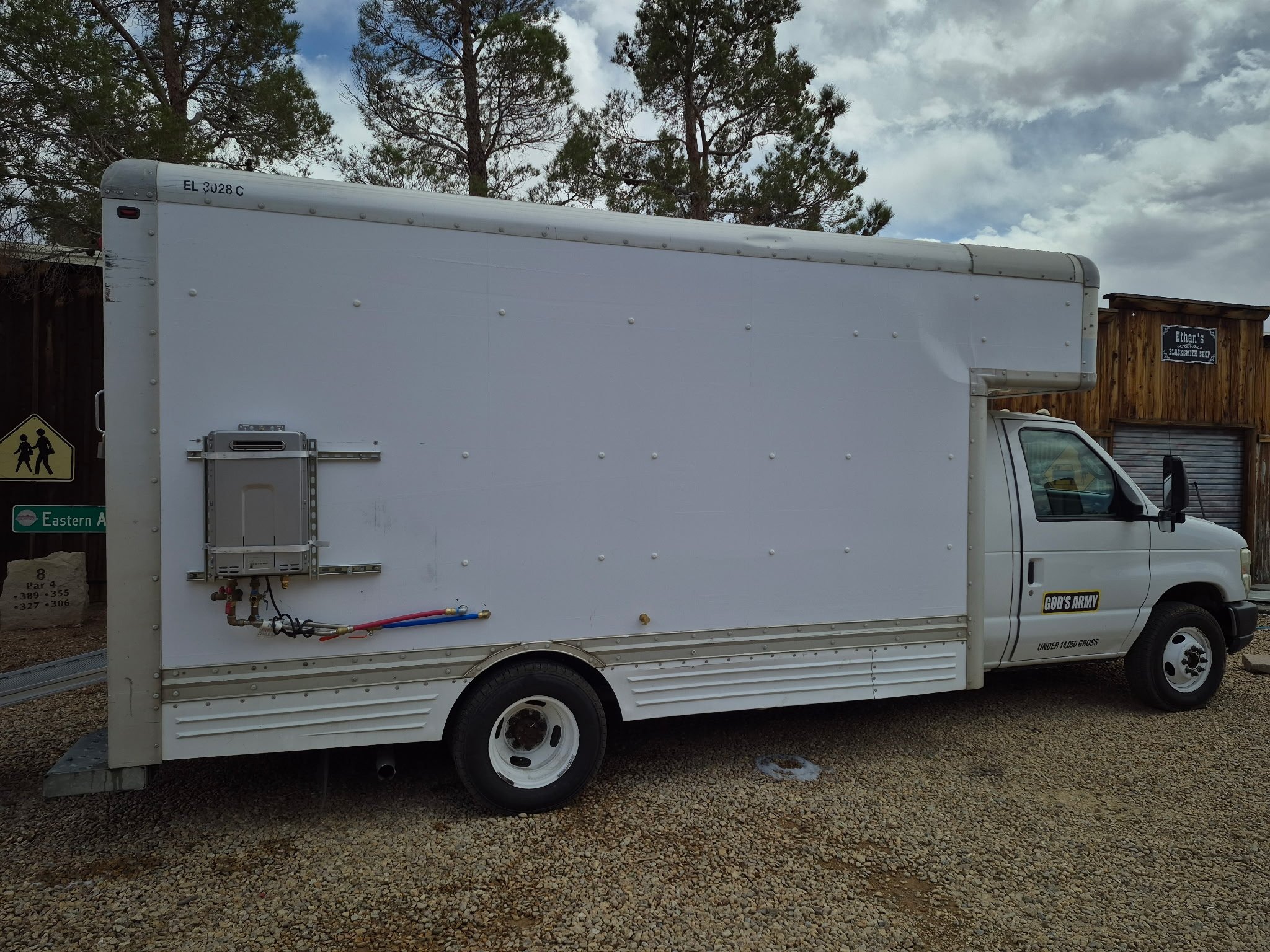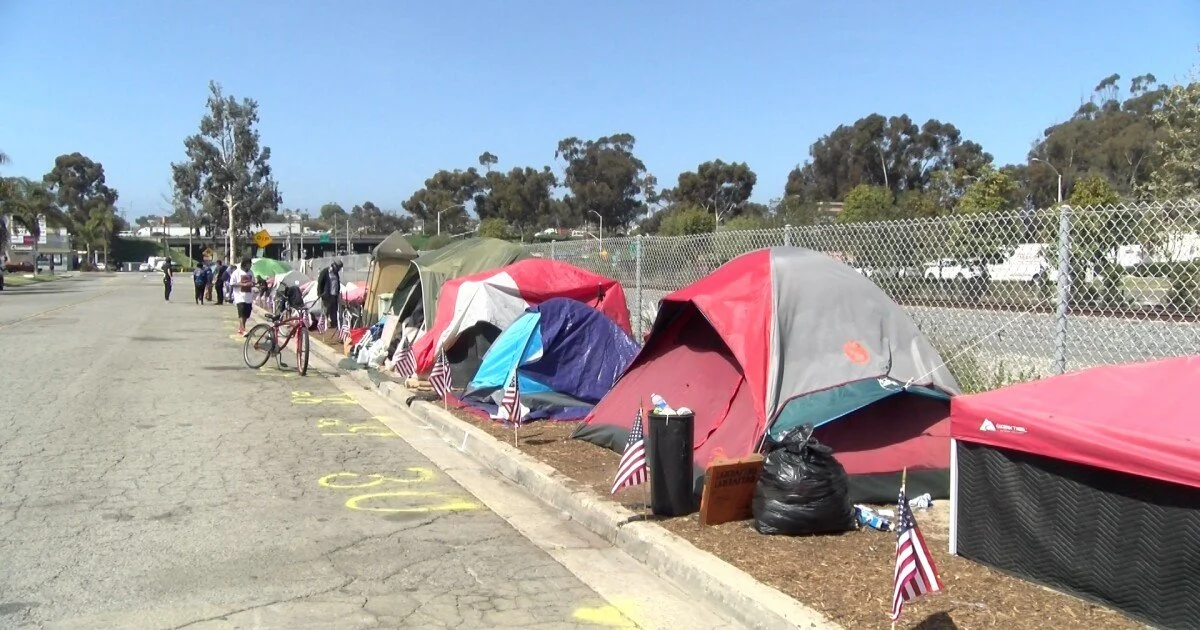In Las Vegas and Clark County, the reality is that in 2024, our region recorded 7,928 people experiencing homelessness—a 10-year high. Of these, 4,202 live unsheltered—in tents, makeshift shelters, or simply under the open sky. That’s a 56% increase in just three years, and Clark County’s homeless rate is nearly four times the national average.
Behind each number is a name, a face and a story. These are not just statistics, they are men, woman, youth, and children made in the image of God.
The Shifting Legal Landscape
In the past year, across Southern Nevada—including Clark County, Las Vegas, and North Las Vegas—new ordinances have been enacted to clear homeless encampments from public sidewalks, rights-of-way, and other areas—laws now legally permissible under the U.S. Supreme Court’s Grants Pass v. Johnson ruling.
These ordinances mean that camping in certain public areas can now lead to citations or even arrest, often regardless of shelter availability. Officials are required to offer services and shelter referrals before enforcing penalties, but the reality is life in an encampment has just become even more uncertain, and the pressure to move along—without a safe place to go—has increased.
A Glimpse of Hope: New Housing Projects
There is good news on the horizon. The $200 million Campus for Hope, expected to open by 2027, will provide up to 900 beds along with medical, behavioral health, childcare, job placement, and other wraparound services. Projects like Tropicana Trails will add permanent supportive housing for those most in need. These are significant, hopeful developments. But these projects take time. For thousands of men and women living in tents, on sidewalks, or in storm drains, the crisis is not three years from now—it’s tonight.
The Struggle Inside Encampments
Encampments are survival zones. People face constant risk of losing what little they own in sweeps or theft, exposure to extreme desert heat in summer and bitter cold in winter, limited access to clean water, sanitation, and medical care, the deep emotional toll of isolation, rejection, and hopelessness. When ordinances push them from one location to another, many lose connections to outreach workers, medical services, and even friends.
Our Calling in This Moment
We don’t wait for perfect circumstances or favorable policies. Lasting change begins with the heart—and that is why we go. Into the streets, into the encampments, into the hardest places—because the gospel compels us to show up where the need is greatest.
There, we share food that eases immediate hunger, water that refreshes weary bodies, hygiene kits and clothing that restore dignity, even mobile showers that give a glimpse of renewal. Yet more than these, we bring the hope of Christ—the only power that can transform not just circumstances, but lives.
And we are not alone. Alongside us are humble servants of God—unnamed heroes who quietly carry food, water, and even a mobile showers to those living on the streets. Their service to God and to the most vulnerable in our community stands as a living testimony of Christ’s love.



